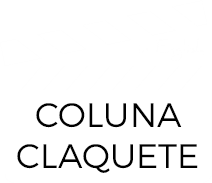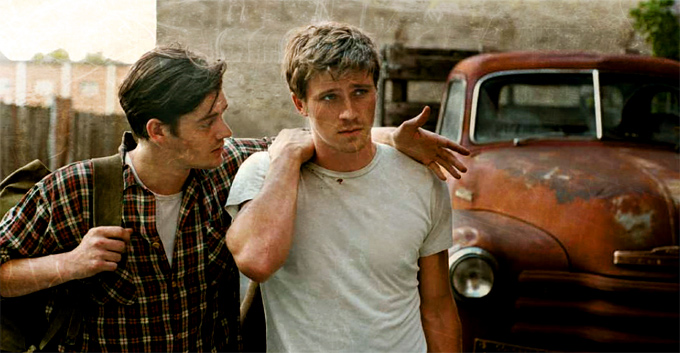On the Road
With the foot on the road
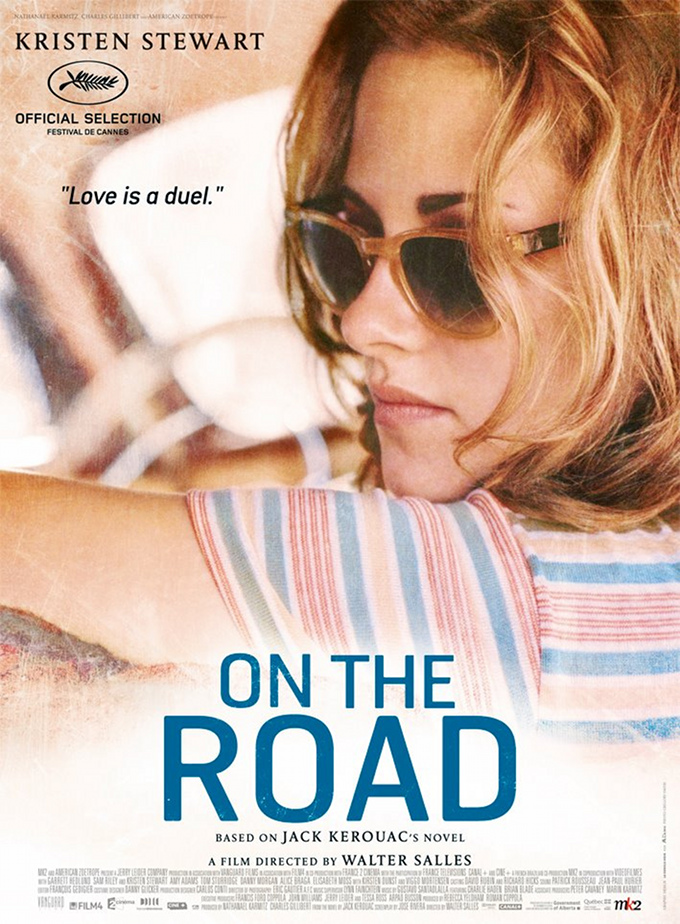
One of the films that aroused the most anticipation before the premiere was “On the Road” (USA, 2012), by Brazilian director Walter Salles – and it wasn’t just for Kristen Stewart’s very brief topless. The film is based on the book “On the Road ” by Jack Kerouac, published in 1957, which caused a huge repercussion in the world.
This premise already creates a problem for us poor film critics. How to speak of a very important work that was first published when this sexagenarian who speaks to you had only had his first birthday? Well, to paraphrase the legendary Didi (the soccer player, not the comedian), “a book is a book, a movie is a movie”. That said, let’s move onto the movie.
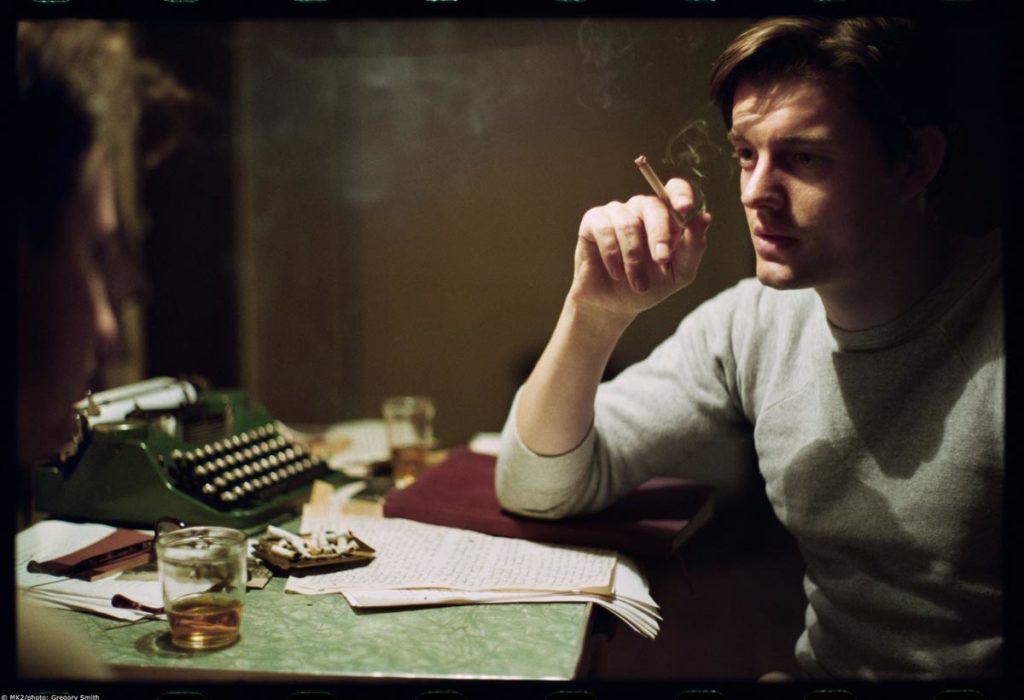
The story begins in 1947. Young Sal Paradise (Sam Riley) has an obsession with becoming a writer. Still disturbed by his father’s recent death, the young man is divided between the old typewriter, where he can’t create anything, and drinking with friends equally aspiring to intellectuals, such as Carlo Marx (Tom Sturridge).
On one of these nights, he is introduced to Dean Moriarty (Garret Hedlund), a handsome and seductive young man, newcomer from the West Coast. He is accompanied by Marylou (Kristen Stewart), a 17-year-old girl, who dropped everything to be with Dean.
Sal is fascinated by Dean’s image. As he himself narrates, only the crazy characters attract him, and no one seems to be crazier than Dean. The young man drinks like a sponge, fucks like a rabbit and smokes like a chimney – normal cigarettes or marijuana, without prejudice.
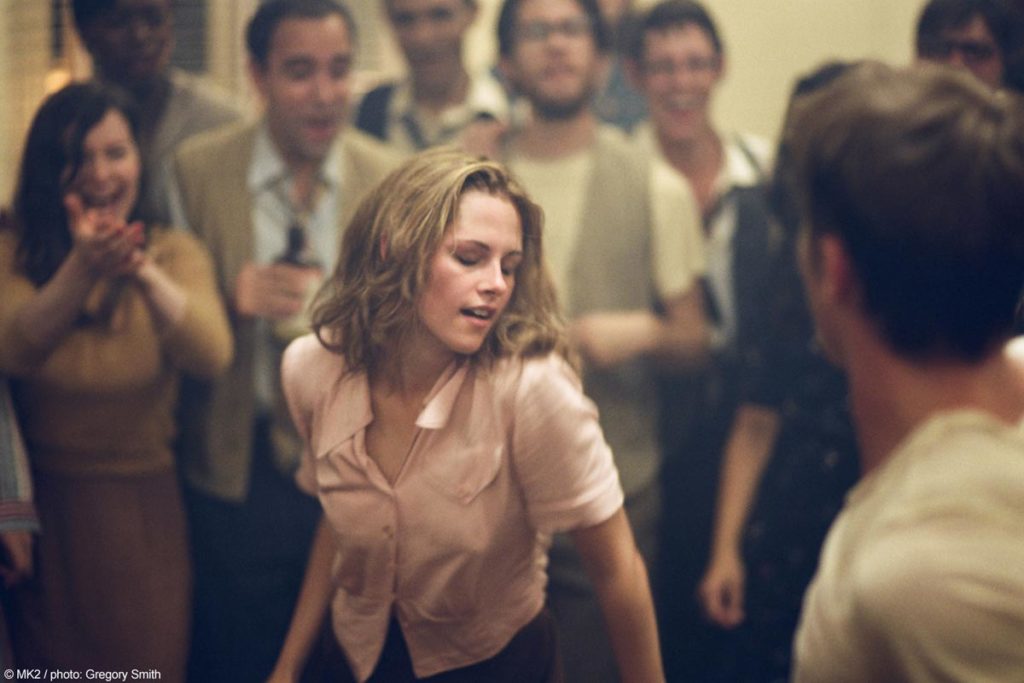
Dean returns west with Marylou, taking Marco along. Upon receiving the invitation to join them, Sal begins his wanderings on the roads, meeting various types, including the reserved Terry (Brazilian actress Alice Braga), with whom he has a fleeting affair. Sal meets the sweet and resigned Camille (Kirsten Dunst), whom Dean vows to love, while holding numerous affairs with other women.
Later, already in New York, they decide to travel to California, crossing the United States through the legendary Route 66. Once again gathered together, Sal, Dean and Marylou share the car, marijuana, drinks, philosophical concepts and fascinating landscapes of the way.
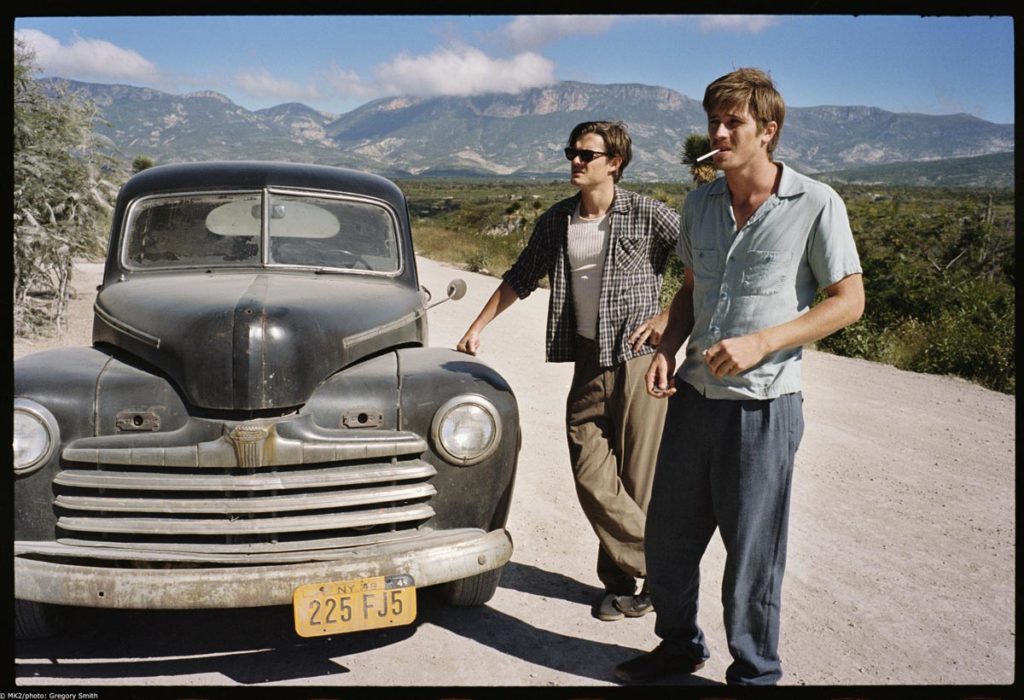
Living so closely with Dean, Sal witnesses the deconstruction of the hero he had created himself and who revealed himself not a rebel facing the world, but simply an inconsequential and immature bad boy, for whom not even friendship and family represented real values.
Regarding the book, I realized that there was a lack of historical contextualization to situate those young people – and their need for rebellion. By 1947 the world was recovering from World War II, Europe was still in ruins, and many young Americans had just returned from the war scenarios, where the only thing that mattered was killing the enemy.
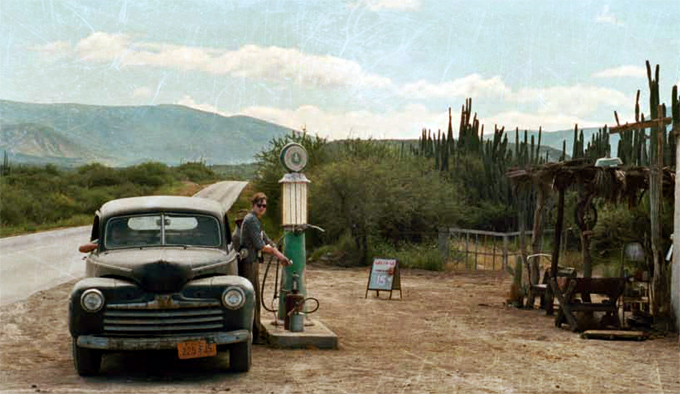
The United States, despite having participated with men and resources, had not been invaded, such as France and Russia, or even heavily bombed, like England and Germany itself. Society kept its life following the same standards as always, remarkably conservative and prejudiced.
For many young people like Sal, a traditional life, employment, marriage, children, living in the suburbs, etc., it was an empty option, while the thirst of adventures and intellectual growth led to something they themselves did not know what it was. In the movie, scenes are shown where young people frequented bars and houses of black people, enjoyed their music and maintained relationships of friendship, something that was inadmissible by the standards of society at that time.
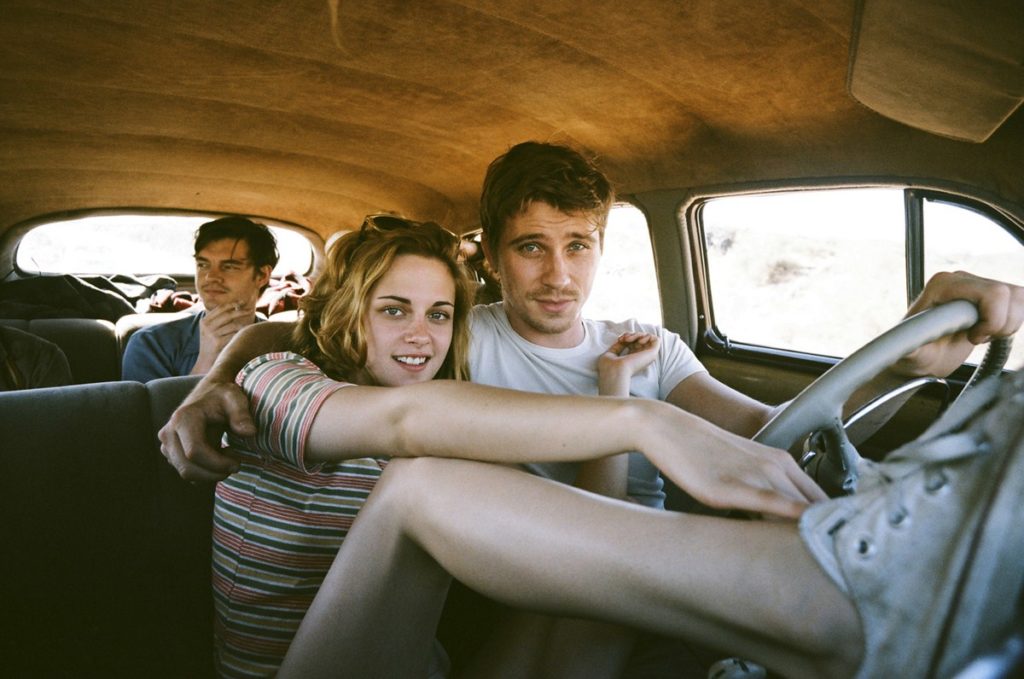
This feeling of not knowing where to go and the challenge to customs was magnificently captured in Jose Rivera’s script. The cast’s performance is impeccable, under the safe direction of Walter Salles, even Kristen Stewart, who runs away from his insipid character of “Twilight”. The highlight, however, is Kirsten Dunst, who lives the suffering Camille, and Garret Hedlund, who creates a scoundrel and seductive Dean.
One character apart is Route 66 itself, a highway that diagonally crosses the United States, a symbol of a time when cars were cheap and gasoline cost pennies. They are beautiful landscapes captured by Eric Gautier’s competent cinematography.
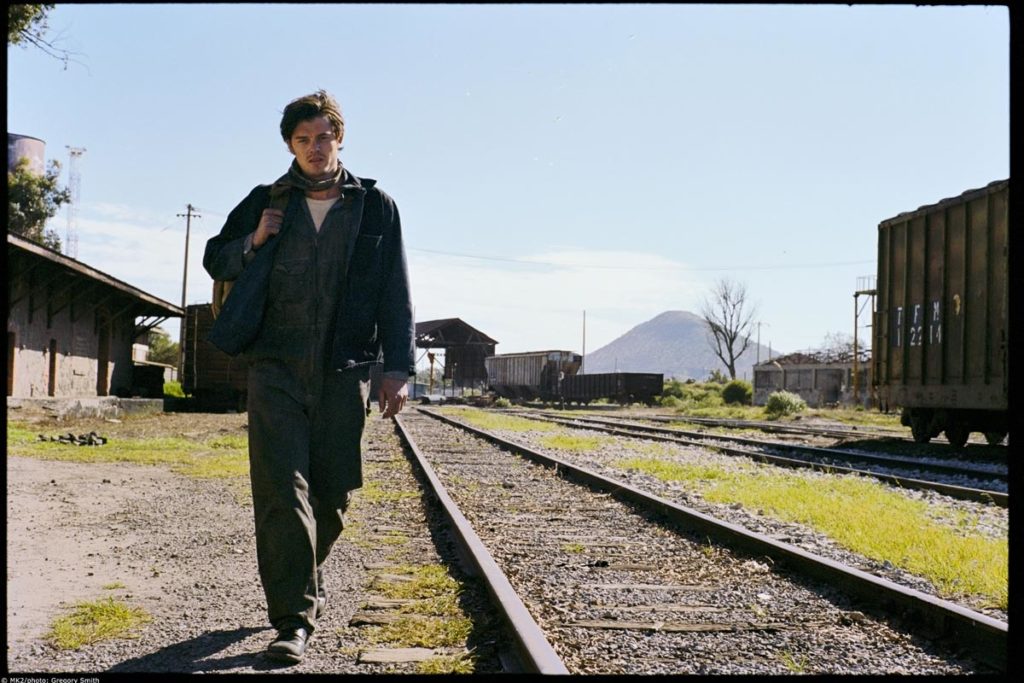
An additional curiosity about the work of Jack Kerouac has to do with this which was his most famous book. The version published in 1957 was edited, with people’s names being changed and many situations smoothed out to reduce the impact on the conservative society of the time. On the 50th anniversary of the first publication was released the original version as it was written by Kerouac, with all the rawness of expression of the author still unpublished. Both versions are available on the market.
“On the Road” is a film out of the pattern, not only for the book on which it is based, but also by the universal theme presented on the screen, that of someone seeking his place in the world, not always in the most conventional way.
This movie is available on the HBOMAX streaming platform.
